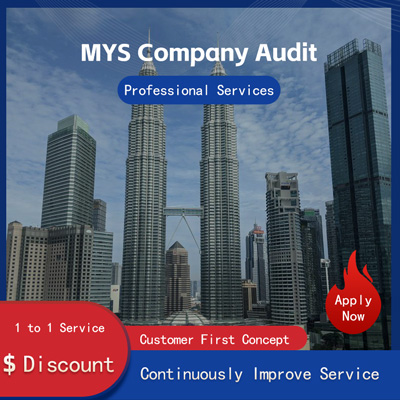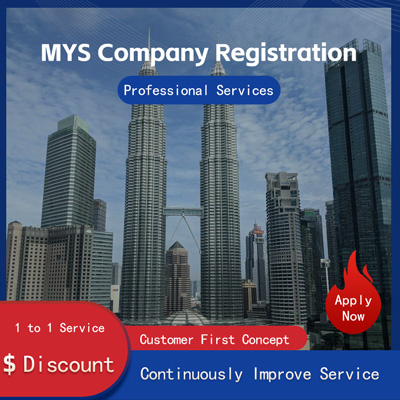
International Maritime Air Waybill Knowledge and Logistics Dry Spells Sharing
International Shipping, Air Freight, Bill of Lading, and Logistics Knowledge Sharing
In today's thriving international trade, international logistics has become the key link connecting global markets. Whether it is the transportation of goods from one country to another or the efficient circulation of goods through different modes of transport, the bill of lading plays a crucial role. As one of the core documents in international logistics, the bill of lading is not only proof of the transportation contract between the carrier and the consignor but also a symbol of cargo rights, making it an indispensable part of the entire chain of international trade.
First, let us understand what a bill of lading is. A bill of lading is a written document issued by the carrier to the consignor after receiving the goods, proving that the goods have been loaded as agreed. The bill of lading has multiple functions it serves as proof of the transportation contract, a document of title for the goods, and the basis for the carrier to deliver the goods to the consignee. For enterprises engaged in international trade, the importance of the bill of lading goes without saying. It not only relates to the safe transportation of goods but also directly affects the settlement of funds and risk control between the trading parties.
In the field of international maritime transport, there are many types of bills of lading, but they can be roughly divided into three main categories straight bill of lading, bearer bill of lading, and order bill of lading. A straight bill of lading can only be collected by the designated consignee and is non-transferable; a bearer bill of lading has no specific consignee, and whoever holds the bill can collect the goods, which carries higher risks; an order bill of lading is the most common type, allowing transfer through endorsement, offering greater flexibility. The choice of which type of bill of lading to use depends on the specific needs of the trading parties and their ability to bear risks.
For example, a recent news story involved a Chinese export company shipping a batch of electronic products to a European port via international maritime transport. To ensure the smooth arrival of the goods and timely delivery to the client, the company chose an order bill of lading and clearly specified the consignee on the bill. This approach effectively reduced uncertainties during transit and also safeguarded the interests of both parties in the trade. This demonstrates that, in practical operations, reasonably choosing the type of bill of lading is crucial for mitigating risks and improving efficiency.
Besides maritime transport, air freight also requires a bill of lading as proof of the transportation contract. An air waybill AWB is similar to a marine bill of lading but places more emphasis on timeliness and security. Given the fast speed and long distances involved in air transport, the design of the air waybill is simpler and clearer, typically including basic information such as the shipper, consignee, flight number, and destination. The air waybill must also specify detailed information about the weight, volume, and number of pieces of the cargo to help airlines arrange transportation plans.
It is worth noting that, although the air waybill cannot be transferred like a marine bill of lading, it remains an important document of title. For instance, in a case involving the cross-border transportation of medical equipment, an American company used air transport to send its high-end medical devices to India. Due to the existence of the air waybill, the recipient could quickly verify the origin and legality of the goods, thereby expediting customs clearance and ensuring the timely use of the equipment. This shows that, whether in the maritime or air transport sector, the bill of lading is an essential tool for protecting the rights and interests of both parties in a transaction.
In the actual operational process, attention should be paid to some details regarding the filling and management of the bill of lading. First, the information on the bill of lading must be accurate and error-free, as any mistake could lead to problems in subsequent processes. Second, the issuance of the bill of lading should strictly comply with legal requirements to avoid unnecessary disputes caused by non-compliance. Finally, the custody of the bill of lading is an important task, especially for transactions involving large sums of money or high-value goods, where the safety of the bill of lading directly relates to the interests of the enterprise.
With the development of technology, electronic bills of lading are gradually becoming a trend in the industry. Compared with traditional paper bills of lading, electronic bills of lading offer higher convenience and security, effectively reducing human errors and lowering transaction costs. For example, a recent international logistics company launched an electronic bill of lading system based on blockchain technology, enabling real-time updates and multi-party sharing of bill of lading information, greatly enhancing logistics efficiency. This innovation has received widespread recognition within the industry and provides new directions for the future development of international logistics.
In conclusion, whether in international maritime or air transport, the bill of lading is an indispensable core document. It is not only proof of the transportation contract but also an important representation of cargo rights. Against the backdrop of increasingly complex international trade, how to properly use and manage the bill of lading has become a problem that every enterprise engaged in international logistics must face. It is hoped that the knowledge and experience shared in this article will help everyone better understand and apply the bill of lading, providing protection for the success of international trade.

Helpful (0)
No help (0)
Still have questions after reading? More than 98,000 users have contacted us. Please fill in the following information to obtain business information.

Service Scope
MoreRecommended for You
- SF Express International Business Overview
- Common Additional Fees for International Air Express Explained
- In-depth Analysis of Canada Ocean Freight Logistics Pricing Structure and Shipping Cost Calculation Method
- China-UK Rail Freight's New Momentum Reshaping Cross-border Logistics Dynamics in China-Europe Trade
- Air Freight FBA vs. Sea Freight In-Depth Analysis of Logistics Mode Selection Decision Models
- FBA First Leg Air Freight Logistics Transit Time Billing Methods Explained
- Counterfeit Goods in Cross-Border Logistics How Customs Identifies Fakes and the Challenges Involved
- Analysis of Matson Express Vessel's Charging Standards and Operational Process
- Must-See for Cross-Border Sellers! Guide to Avoiding Common Air Freight FBA First-Mile Logistics Traps, Saving You Time and Money
- FBA First Mile Logistics Pricing Quick Direct FBA First Mile Service Price List
- What is US FBA Sea Freight? - A Comparison with Traditional Ocean Shipping
- U.S. FBA Transport Breakthrough In-Depth Analysis and Tactical Guide on Air Freight Mode
- How to Choose Between Matson Express and Standard Ocean Freight for Cross-Border E-Commerce Sellers?
- U.S. FBA Air Freight Process and Customs Clearance Requirements Analysis
- High US FBA First-Mile Logistics Costs? These Tips Can Help Reduce Expenses!
- Key Considerations and Advantages of International Sea Freight Logistics
- U.S. Sea Freight Logistics Explained
- Air Freight FBA First Leg Cargo Detained Solutions for Customs Clearance Issues Prevention Strategies
- How to Avoid Customs Seizures in Cross-Border E-Commerce Logistics A Strategic Analysis
- FBA First-Mile Logistics Unlocking the Key to Efficient Cross-Border E-Commerce Operations


 ONE
ONE








Customer Reviews
Small *** Table
December 12, 2024The experience was very good. I was still struggling to compare it with other companies. I went to the site a few days ago and wanted to implement it as soon as possible. I didn't expect that everything exceeded my expectations. The company is very large, with several hundred square meters. The employees are also dedicated and responsible. There is also a wall of certificates. I placed an order on the spot. It turned out that I did not make a wrong choice. The company's service attitude is very good and professional. The person who contacted me explained various things in detail in advance. After placing the order, the follow-up was also very timely, and they took the initiative to report the progress to me. In short, I am very satisfied and recommend this company!
Lin *** e
December 18, 2024When I first consulted customer service, they recommended an agent to me. They were very professional and patient and provided excellent service. They answered my questions as they came in. This 2-to-1 service model is very thoughtful. I had a lot of questions that I didn’t understand, and it’s not easy to register a company in Hong Kong. Fortunately, I have you.
t *** 7
December 19, 2024I originally thought that they only did mainland business, but I didn’t expect that they had been doing Hong Kong business and were doing very well. After the on-site interview, I decided to ask them to arrange the registration of my Hong Kong company. They helped me complete it very quickly and provided all the necessary information. The efficiency was awesome. It turns out that professional things should be done by professionals.👍
b *** 5
December 16, 2024In order to register a company in Hong Kong, I compared many platforms and stores and finally chose this store. The merchant said that they have been operating offline for more than 10 years and are indeed an old team of corporate services. The efficiency is first-class, and the customer service is also very professional.